Thanks to teacher Ashleigh Rose for sharing her classroom library refresh with us! This is the fourth and final post in her series. Start reading the first three here!
The results to the change we made in our library were overwhelmingly positive. Below, I will share a few major outcomes.
1. The library became a built-in book recommendation system: way less TEACHER in the book selection process.
 Because I modeled using the library to find books when kids asked me for a recommendation, they quickly realized they could instead ask themselves the questions that the library could answer. Most of my sixth graders recognized they didn’t really need me to find a book. Instead they began to ask themselves, What am I in the mood for? How do I want to feel while I’m reading? What kind of theme am I looking for? It was easy to find the bins that answered those questions for them. I also could easily say, “Oh you like scary books? Let me connect you with student x that I have seen in that bin a lot. I bet they’ll have a great rec!”
Because I modeled using the library to find books when kids asked me for a recommendation, they quickly realized they could instead ask themselves the questions that the library could answer. Most of my sixth graders recognized they didn’t really need me to find a book. Instead they began to ask themselves, What am I in the mood for? How do I want to feel while I’m reading? What kind of theme am I looking for? It was easy to find the bins that answered those questions for them. I also could easily say, “Oh you like scary books? Let me connect you with student x that I have seen in that bin a lot. I bet they’ll have a great rec!”
2. Kids recommended and located books for each other.
I’m happy to report that most of my middle schoolers grumble about sacrificing any of their independent reading time. Before our library was set up this way, if a kid wanted to help a peer locate a book, it might take them forever to find it because our library was so haphazard and difficult to navigate. Kids were less likely to embark on that uncertain journey.
After our revamp, however, kids seemed to be able to heat-seeking-missile their way to the book they wanted to recommend in our library. As a result, students were way more likely to help each other find a loved book or to recommend a few books to a friend in their favorite bin because it was so much easier.
3. Students spent less time looking in the library and more time reading books!
As mentioned above, kids found books faster! That means that kids spent more time reading! Let’s say our library only saved students 5 minutes a week (though I would argue, especially for those kids who are in the library every 2-3 days, that it saved them much more!) My students spend about 48 weeks in school.
48 weeks x 5 minutes saved per week = 240 minutes a year kids could spend READING instead of looking for a book.
240 minutes x 93 kids = 372 hours.
My highly scientific calculations ? show that in one year with my 93 6th graders, they got back a bare minimum of 372 hours of independent reading time IN CLASS because of our library re-configuration. It’s no surprise kids read far more books this year than any of my kids before.
4. We had more authentic and higher-quality (and *cough* Common Core Aligned *cough*) class conversations about books.
 Post book talk discussions about which bin this book should live in were fascinating.
Post book talk discussions about which bin this book should live in were fascinating.
Sometimes it was hard to say where the book should go without spoiling it. (“Just trust and believe it goes here.” “You should read and find out why.”)
Sometimes students who had both read a book disagreed about where it should go and we prodded them with questions (“But what do you think the author would say it is really about?” “How did you feel most of the time you read it?” “What do you think the character would tell us to do?”)
Kids were sneakily getting tons of at-bats identifying theme and central idea and justifying claims with evidence. Would you look at that, Common Core standards…
And because WE had created this system, there was freedom in knowing we knew we could always adjust a book’s home down the line. Though these discussions were quick, they served as powerful modeling and opportunities to engage in group discussions about texts.
5. Students pushed outside of their go-to genres and formats of books because they got hooked on themes/moods that resonated with them.
When my library was a hot mess, many students who felt overwhelmed or some of my more risk-averse readers were doing a lot of rereading. But it wasn’t the good kind of rereading—the kind that comes with reflection or looking for new insite or appreciation of a text. Rereading was happening because it was easier to just grab a book they knew wasn’t going to be a total bomb. It was low-stakes rereading without love, because that was safer than trying to locate anything in the mass of leveled bins.
Now, I could say, “What does this book make you feel that you enjoy about it?” Or I could push when a kid asked where the graphic novels bin was (it was nowhere – graphic novels are a format!) I would respond, “I love graphic novels too, but they’re a format, not a specific mood or theme. Tell me some of your favorite graphic novels and let’s think about what you loved about them, and I bet we can find a bin you’ll love.”
It’s hard to take reading risks in a classroom library when you have no idea what you’ll get from one of the three level V bins. It’s natural and, honestly, smart that many of my kids were just sticking with what they knew in our old disaster of a classroom library. Our new library gave them a taste of what they were getting into. It made it less scary for them to read outside of their typical genre or format to grow as more well-rounded readers. Our bins contained a variety of formats (graphic novels, chapter books, novels in verse) and genres (fantasy, realistic fiction, mystery) because our bins were thematic. Moods and themes of friendship, or not fitting in, or adults ruining everything are not exclusive to one type of format or genre. This new system had kids in love with themes and they would read widely in genre and format of that theme.
6. The library stayed cleaner.
I know it seems like our previous letter system would make it easy to keep things sorted but it never did. I suspect this more had to do with kids valuing the library and being invested in maintaining its usefulness.
Kids knew where to return books, and if they didn’t, they would drop them off in the return bin. Myself or another student who had read the book could easily place them in the proper bin when they saw it needing to be returned or ask someone who had read it. I often observed kids stumble across a book in and out of place bin and they would put it to the side to fix it or ask me where it should go.
7. I solidified my place as THAT teacher kids come to for books.

Word got out and 7th, 8th, and 5th graders would come into class, sticky note pass in-hand to get a book. My old kids continued to come back the next year and the next. They could easily locate what they were looking for even when I was teaching or working with a class.
Their new complaint? “My teacher doesn’t have any good books.” I often pointed out to my old kids that they used to say the exact same the same thing about this very library they were coming to visit. “Yeah but like, that’s because you couldn’t find anything.” Yep, and probably because I was harmfully tying your reading identity to a level, I would think to myself.
I don’t know if I found the best system for organizing a classroom library, but I know I found one that I and my students love. I don’t doubt that it is mostly because we created it alongside one another.
About the Author:
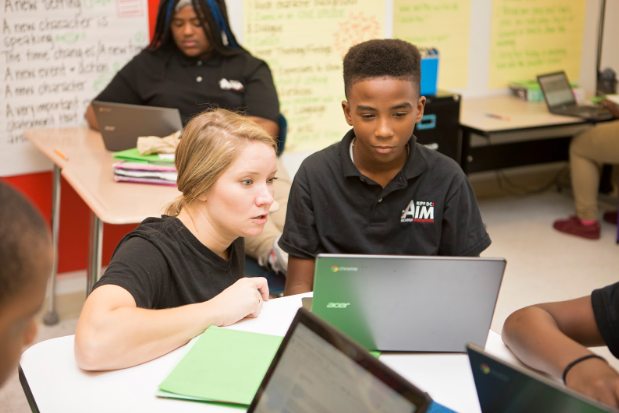 Ashleigh has been teaching middle school literacy in Washington, DC for the last eight years. She currently teaches 7th and 8th grade Writing in Southeast DC and leads her school’s Project LIT chapter. She is lifelong learner and book nerd who is always trying to up her educator game. Ashleigh is a fierce advocate for giving kids voice, choice, and access to books that are both culturally affirming and representative as well as books and learning experiences that create a culture of curiosity and disruption of the status quo. You can most often find her nerding out on Twitter (@betweenmargins) and from time to time on Instagram (@betweenmargins).
Ashleigh has been teaching middle school literacy in Washington, DC for the last eight years. She currently teaches 7th and 8th grade Writing in Southeast DC and leads her school’s Project LIT chapter. She is lifelong learner and book nerd who is always trying to up her educator game. Ashleigh is a fierce advocate for giving kids voice, choice, and access to books that are both culturally affirming and representative as well as books and learning experiences that create a culture of curiosity and disruption of the status quo. You can most often find her nerding out on Twitter (@betweenmargins) and from time to time on Instagram (@betweenmargins).


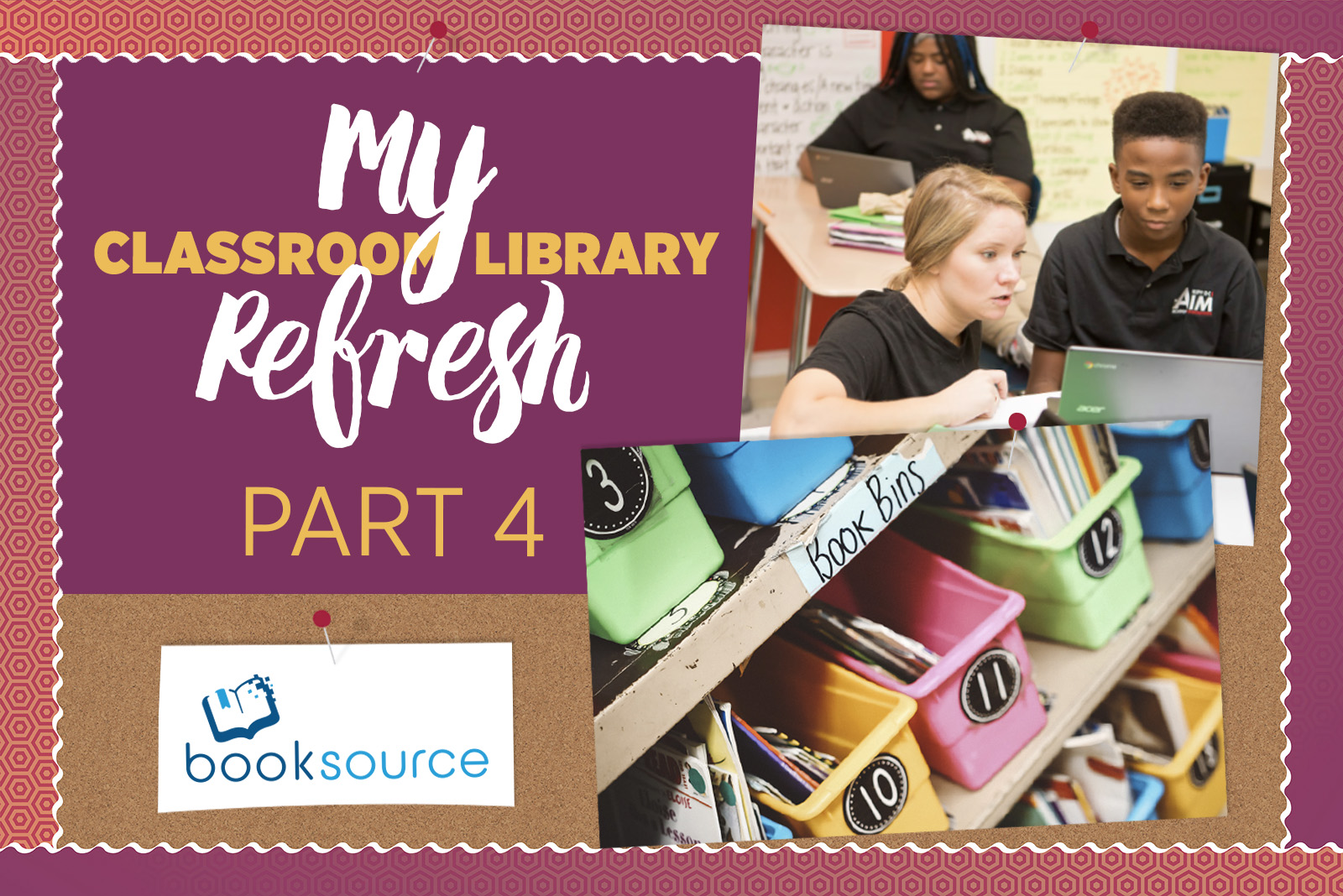
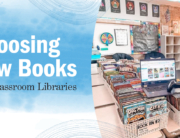
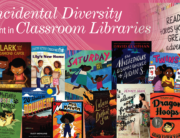

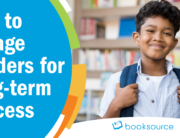
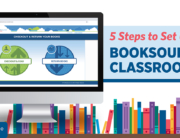
[…] PART 4: THE RESULTS: WHAT HAPPENED AFTER WE RECLAIMED OUR CLASSROOM LIBRARY […]